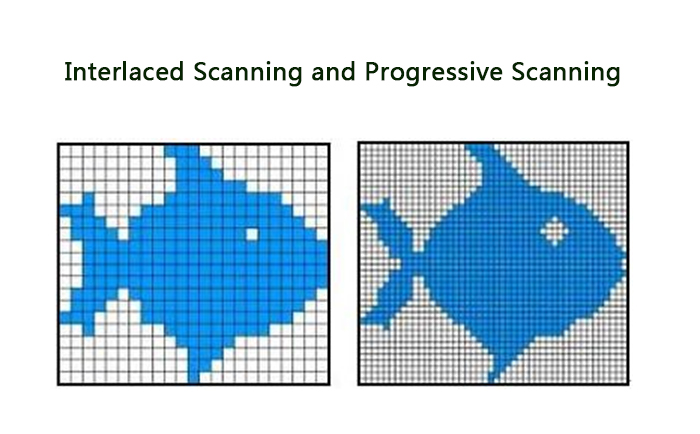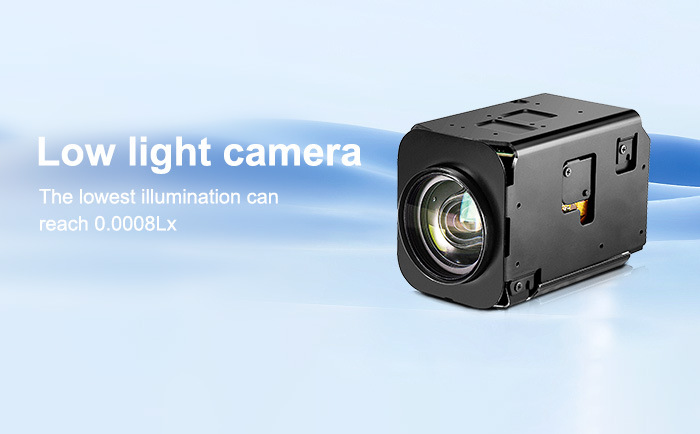When shooting moving images, progressive scanning and interlacing have different effects on image quality and stability.

First, the comparison of different scenes
1. Comparison of shooting effect of motion picture:
When shooting fast moving scenes, progressive scanning usually provides a sharper and more stable image. Since the progressive scanning is in accordance with each row of pixels in turn, the acquisition of the entire image is completed at one time, avoiding the interlace and jitter phenomenon that may occur in interlace scanning. Therefore, when shooting fast moving scenes, progressive scanning can better present details and dynamic effects.
In contrast, interlaced scanning may cause blur and shake when shooting moving pictures. Because interlaced scanning is to scan the odd line of pixels first and then scan the even line of pixels, two scans to synthesize a complete image, may lead to the loss of detail and blur in the rapid motion of the picture, affecting the image quality.
2. Comparison of performance in high-speed dynamic scenarios:
In high-speed dynamic scenes, the effect is almost the same, with progressive scanning providing a sharper and more stable image than interlace scanning.
3. Applicability analysis of different scanning systems in different scenarios:
In general, progressive scanning is more suitable for scenes that require high image quality and stability, such as high-definition video shooting, film production, etc. Interlaced scanning is more suitable for scenarios that require higher transmission speeds, such as traditional television systems or low-resolution cameras. When selecting the scanning system, the user needs to choose according to the specific shooting needs and scene characteristics to obtain the best shooting effect.

Second, the future development of scanning system
1. The impact of new technology on scanning system:
With the continuous development of science and technology, the impact of new technology on the camera scanning system is also increasingly apparent. For example, with the application of technologies such as artificial intelligence, deep learning and computer vision, cameras have made great progress in image processing and optimization, where images can be processed and enhanced in real time through software algorithms. These new technologies can make up for the differences in image quality and stability between different scanning systems to a certain extent, providing users with a better shooting experience.
2. The impact of user needs on scanning system:
User demand is one of the important factors to promote the development of camera scanning system. As user requirements for image quality, transmission speed and stability continue to increase, camera manufacturers need to continuously optimize and improve the scanning system to meet the needs of users. The user’s demand for high definition, clear and stable images and high-speed transmission will prompt the camera scanning system to develop in a more advanced and innovative direction.

3. the development direction of the future camera scanning system:
The development direction of the future camera scanning system may include the following aspects:
High definition and high stability: The future camera scanning system will pay more attention to providing high definition and high stability of the image, through optimization algorithms and hardware design, to achieve a clearer and more stable image output.
Low latency and high-speed transmission: With the increase in real-time requirements of users, the future camera scanning system may pay more attention to reducing latency and improving transmission speed to meet the needs of users for high-speed transmission.
Multi-functional and intelligent: The future camera scanning system may integrate more functions and intelligent technologies, such as intelligent recognition, real-time processing, etc., to provide a more diversified and intelligent shooting experience.
In summary, the development of the future camera scanning system will be influenced by new technologies and user needs, and tend to provide a more high-definition, stable, low-latency and intelligent shooting experience.
 Sony FCB camera block
Sony FCB camera block